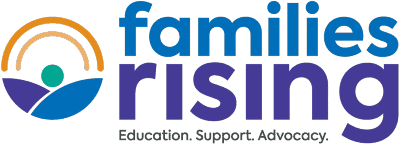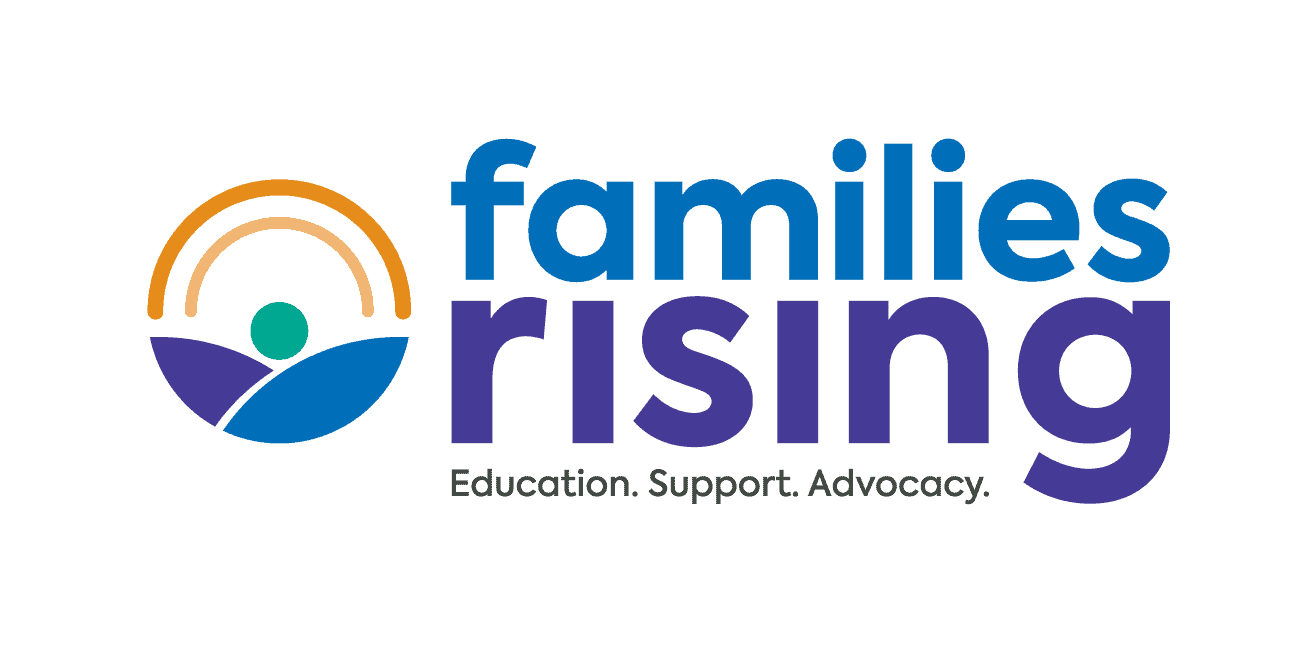State Contact
Gillie Hopkins
Permanency Planning Manager
Department for Children and Families
Family Services Division
Building HC1 North
Waterbury, VT 05671
Phone: 802-241-0891
E-mail: Gillie.Hopkins@vermont.gov
Adoption Resources on the Web
https://dcf.vermont.gov/fsd/adopt
Vermont’s state-specific medical assistance information:
https://dvha.vermont.gov/members
Vermont’s adoption assistance information:
https://outside.vermont.gov/dept/DCF/Shared%20Documents/
FSD/Publications/Adoption-Assistance.pdf
Vermont statutes:
https://legislature.vermont.gov/statutes/title/15A
DCF Policy, Adoption and Guardianship Services:
https://outside.vermont.gov/dept/DCF/Shared%20Documents/
FSD/Policies/Policy193.pdf
In Vermont a child with special needs is defined as a child who has at least one of the following needs or circumstances that may be a barrier to placement or adoption without financial assistance:
- Is four years of age or older
- Is a member of a sibling group of two or more children being adopted by the same family
- Has a physical, mental, emotional, or psychological disability
- Diagnosed at high risk for a serious disability based on risk factors
Rates in Vermont
| Age 0-5 | Age 6-12 | Age 13+ | |
|---|---|---|---|
| Level I | $522.00 | $580.11 | $640.65 |
| Level II | $585.59 | $648.55 | $713.65 |
| Level III | $682.32 | $756.55 | $826.82 |
Assistance typically stops when a child reaches 18, but there are two exceptions. The state may offer families a new adoption assistance agreement for youth older than 18 who are still in high school, which will end when they graduate or turns 21. The state may also offer families a new adoption assistance agreement for youth older than 18 who have a lifelong mental or physical disability until they turn 21. In both cases Medicaid can be included, however whether or not to provide Medicaid for the youth is determined by the State in which the youth and family live. For youth older than 18, the monthly adoption assistance payment will either change to the Level III foster care rates or stay at the youth’s current rate, whichever is lower.
Vermont will sign an adoption assistance agreement at zero dollars for children at high risk of developing a special need who meet all of the other eligibility requirements. Children at high risk include infants born addicted to drugs and children under age 4 who have witnessed domestic violence, who have had multiple caretakers, or who have at least one biological parent with mental illness.
Vermont families can receive help with childcare costs provided they have a service need which means they are employed out of the home. The only exception to the service need is for registered farm families. If the provider the family uses charges more than what childcare services pays, the family is responsible for the difference.
At the time of the adoption, the family must complete an application for family support childcare. Income guidelines will be used to assess the number of childcare hours needed. Families must apply annually for childcare.
There is limited respite care available through the Department of Mental Health. The family must fill out a request for services with their local county mental health clinic. In some situations, the state includes respite in the adoption assistance agreement for a time-limited basis (such as 6 to 12 months).
Families can request to have their adoption assistance agreement amended to include funding for respite services by writing a letter to the Adoption Unit.
To access residential care, a family must work with community mental health (CMH). Through CMH, a Local Interagency Team (LIT)—including the family; case managers; staff from Education, Social Services, Developmental Services; and a representative from the Vermont Adoption Consortium—will review or obtain evaluations or assessments needed to understand the child and family’s need and develop a plan of care for the child and family. If residential treatment is part of that plan, the lead agency sends a written request to the case review committee (CRC) at the state level. The CRC reviews the plan, the facility’s capacity to provide needed treatment, and how the cost will be shared, and then decides whether to approve or amend the plan.
The state will ask families to use some or all of their monthly adoption assistance to offset some costs of residential placement. Staff at the state level decide how the total cost will be covered. Families must contact the adoption unit before the child is placed out of their home to discuss what portion of the adoption assistance will be used to help with residential costs.
If a family makes a unilateral placement, they are responsible for the total cost.
Vermont offers Payments for Special Services. Funding is available to provide support for specific special services, such as psychological care, psychiatric care, and dental and medical services. Funding is only available after adoptive parents have exhausted all public and private resources, including the family’s private health insurance. To access Payments for Special Services, parents should make a request in writing to the adoption unit. The request should include the costs, what portion the family can pay, efforts made to find another source of payment, and any written medical or psychological evaluations recommending the service.
Post-adoption services in Vermont are administered by the Agency of Human Services, Department for Children and Families, Family Services Division. The state contracts with a number of private agencies and independent and parent organizations. The Vermont Adoption Consortium connects families to agencies that provide post-adoption support services, visit https://vodgsearch.org/juvenile/Guardianship%20Gap.pdf
To find Family Service Offices, visit https://dcf.vermont.gov/fsd/contact/districts.
Vermont has had a subsidized guardianship program for youth in state custody who are living with a relative licensed to provide foster care. For more information visit, https://vodgsearch.org/juvenile/Guardianship%20Gap.pdf


